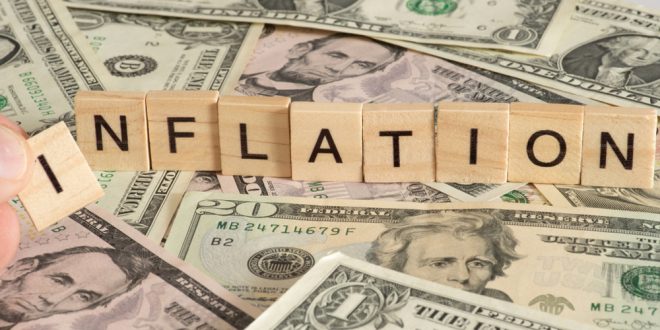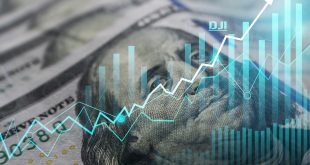Although petrol prices decreased in March, consumer prices in the United States hardly increased. However, stubbornly high rents maintained underlying inflation pressures at a simmer, making it probable that the Federal Reserve will increase interest rates again next month.
However, the Labor Department’s data on Wednesday contained some positive news regarding rents, which climbed at their slowest rate in almost a year. One of the major causes of inflation in recent years has been rent. The reading for food prices last month was the lowest since November 2020, remaining constant.
The Consumer Price Index (CPI), which had increased by 0.4% in February, increased by 0.1% last month. Higher rental expenses more than offset a 4.6% drop in petrol prices. Following the early this month announcement of additional oil supply cuts by Saudi Arabia and other OPEC+ oil exporters, petrol prices are expected to rise again.
For the first time since September 2020, the price of food consumed at home decreased by 0.3%. The cost of eggs fell by 10.9%. The cost of meat, produce, and fruits also decreased. However, the cost of nonalcoholic beverages and bakery goods as well as cereals went up. Eating out also cost more money.
The CPI grew 5.0% in the year ending in March, the smallest year-over-year gain since May 2021. In February, the CPI increased 6.0% on an annualised basis.
The annual CPI is declining as last year’s significant increases are no longer included in the calculation, having peaked at 9.1% in June, the highest increase since November 1981. By all measures, inflation continues to be higher than the Fed’s 2% target.
According to Reuters’ poll of economists, the CPI was expected to rise 0.2% last month and 5.2% annually.
The release of the inflation figures followed last Friday’s release of the jobs report, which revealed strong job growth in March and a return of the unemployment rate to 3.5%.
The labour market’s tightness, persistently high inflation, and indications that the financial system stress brought on by the failure of two regional banks last month is easing should allow the Fed to keep putting restoring price stability first.
In response to the upheaval on the financial markets, the Fed increased its benchmark overnight interest rate by a quarter of a percentage point last month, but also signalled that it was considering delaying future rate rises. Since last March, it has increased its policy rate by 475 basis points, moving it from a level near zero to the current range of 4.75%-5.00%.
After increasing by 0.5% in February, the CPI grew by 0.4% last month when the volatile food and energy components were excluded. The so-called core CPI was still being driven by sticky rents, but relief seemed to be approaching.
Rents are on a declining trend, according to independent measurements, therefore housing inflation is anticipated to continue to decline this year. The CPI rent measures typically lag behind the independent gauges.
The expense of services other than housing is expected to put pressure on the disinflation process, making it difficult. Following a 0.5% increase in February, the price of services increased by 0.3%. Services other than shelter stayed the same after edging up 0.1% the previous month.
After being stable in February, core goods prices increased by 0.2%. New cars and clothing both saw price rises, but secondhand cars and trucks continued to decline in price.
In the 12 months through March, the core CPI gained 5.6% after rising 5.5% in February. That ended five straight months of slower increases in the year-on-year core CPI.
 Noor Trends News, Technical Analysis, Educational Tools and Recommendations
Noor Trends News, Technical Analysis, Educational Tools and Recommendations





